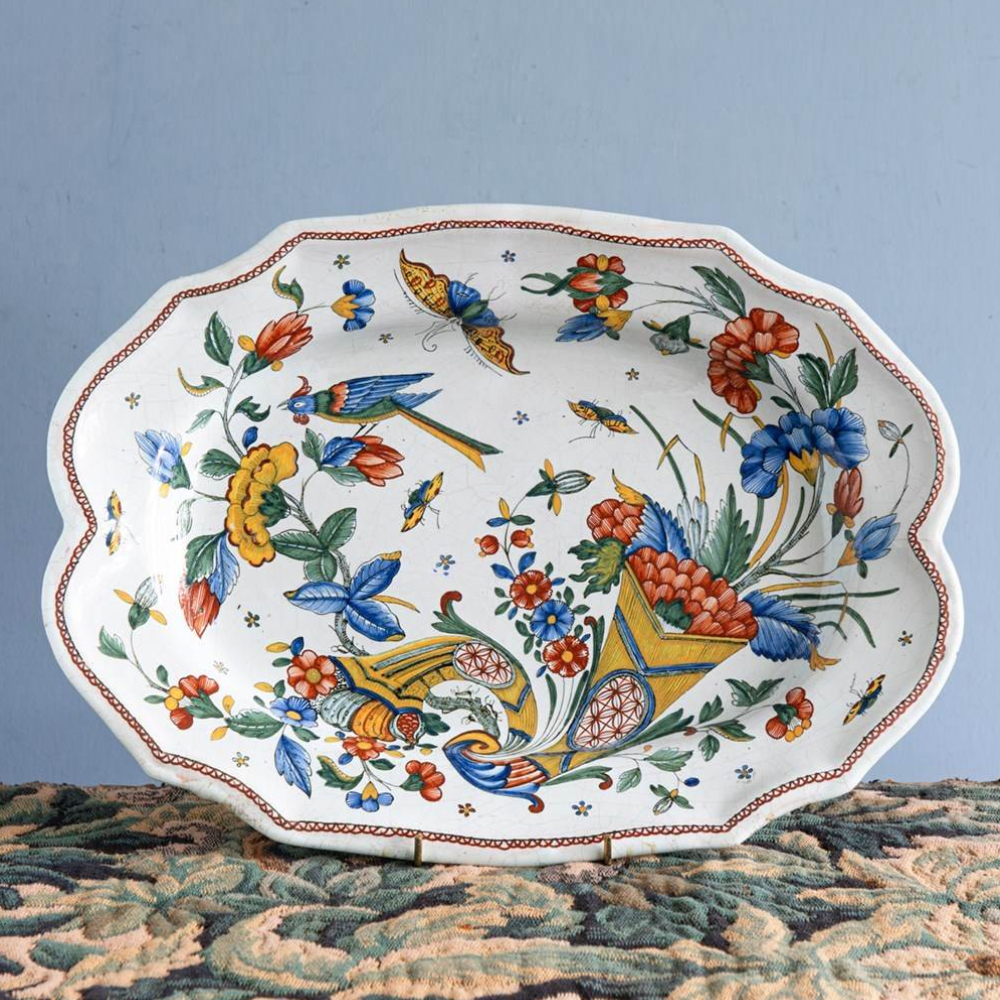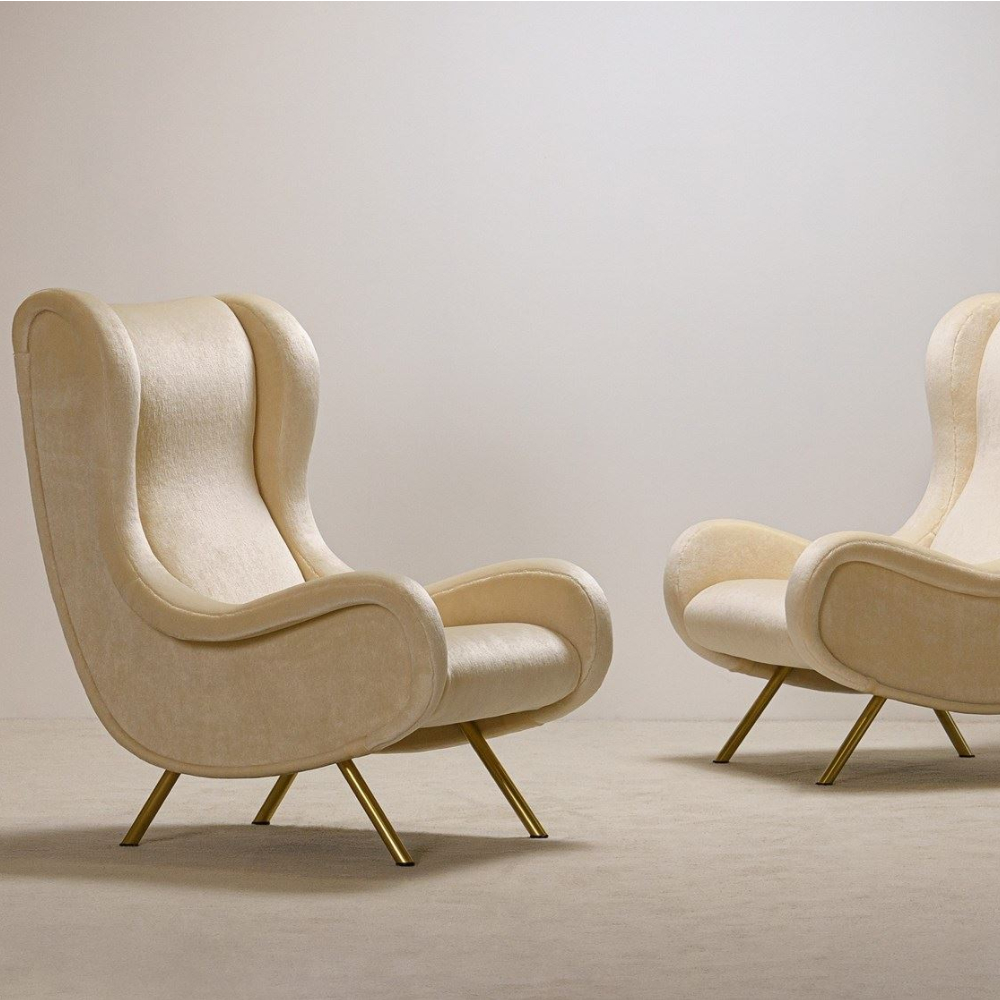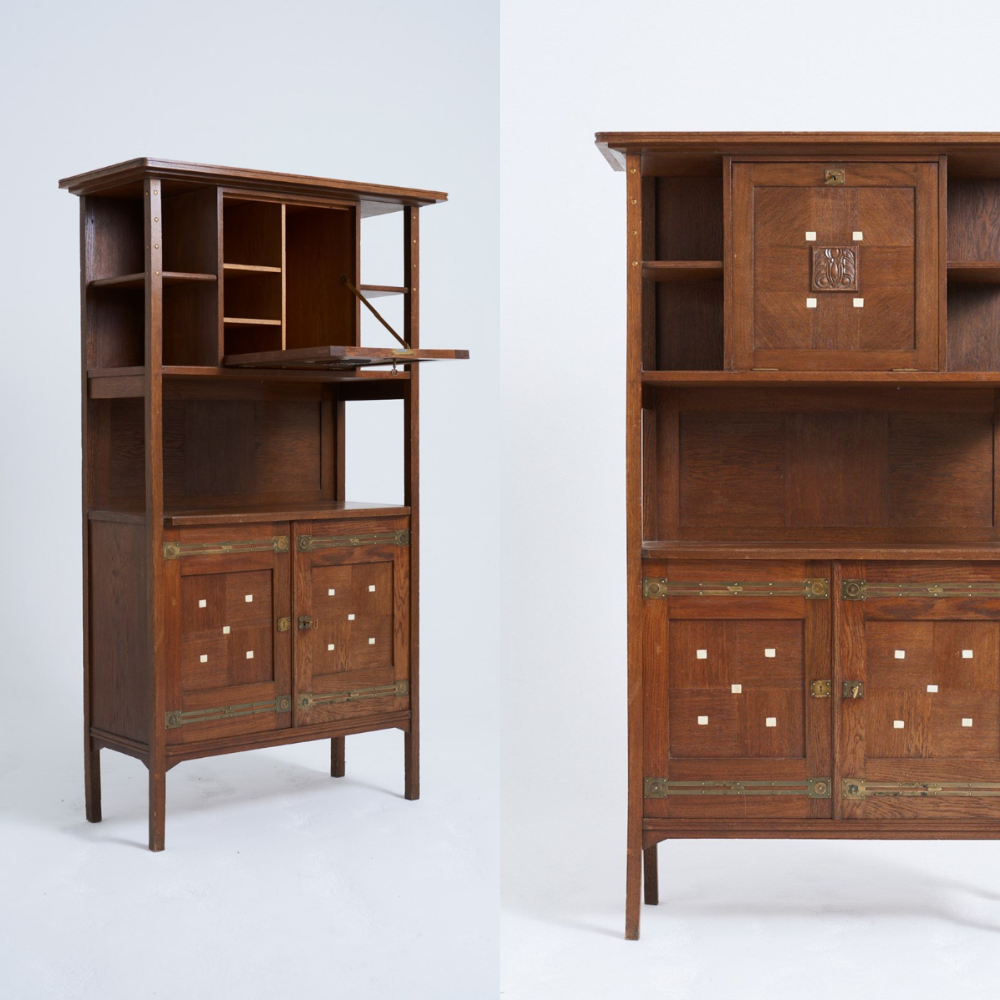
It’s been a brief moment for Art Nouveau, which gained popularity from the late 19th century until the First World War, but it seems that this movement is making its way back into fashion.
Thought to be the first real attempt to replace the traditional boundaries of architecture and decorative arts, the term “Art Nouveau” first appeared in the Belgian journal L’Art Moderne in the 1880s.
At one point, Art Nouveau could be seen in everything from furniture and home decor to graphic design. You can still see a rich tapestry of Art Nouveau architecture in countries such as Belgium, Austria, and Hungary, each with its unique regional interpretation of the style.
Join us as we explore the characteristics of Art Nouveau and how you can incorporate it into your decor.
Characteristics of Art Nouveau
Art Nouveau embraces organic forms, flowing lines, and intricate details, breaking away from traditional design conventions by drawing inspiration from the natural world. Sinuous, undulating lines mimic the curves of plants, flowers and other natural elements, creating movement and fluidity in the design.
When used in architecture, buildings heavily feature asymmetrical shapes with extensive use of iron and glass around door and window frames, encouraging a feeling of openness and letting light flood the rooms. Elaborate decorative elements such as mosaics, stained glass, and wrought iron surround grand staircases and entrances, with the walls and ceilings embellished with lavish floral patterns and motifs.
Art Nouveau emphasises craftsmanship and the use of high-quality materials, reflecting the movement's roots in the arts and crafts tradition.
Integrating Art Nouveau into your decor
If you've developed an appreciation for the elegant and organic style of Art Nouveau, we have put together three simple steps which will allow you to enrich your living space with its essence:
- Faux stained glass windows – While replacing entire windows with stained glass may not be on your to-do list, you can achieve a similar effect with exquisite window decals that emulate the intricate patterns and vibrant colours typical of Art Nouveau.
- Lining the walls with colour – When it comes to decorating with Art Nouveau, opt for soft, neutral tones or delicate pastels that complement the signature floral designs and add a sense of serenity and airiness, creating a tranquil ambiance.
- Sometimes, less is more – If you’d prefer only a hint of Art Nouveau, you could always add in a few carefully selected statement pieces through floral patterned soft furnishings, such as curtains or a pouffe. Additionally, you can find the Art Nouveua aesthetic in elegantly designed vases or artwork which capture the movement’s emphasis on craftsmanship and natural beauty.
Will you be adding Art Nouveau to your interior?
Art Nouveau was a brief but highly influential movement in its time. It boldly departed from conventional artistic boundaries within architecture, interior design, and art and showed an appreciation for craftsmanship and high-quality materials.
With the movement's recent resurgence, we’re intrigued to see how this historic yet ever-relevant style makes its way back into living spaces and architecture.





